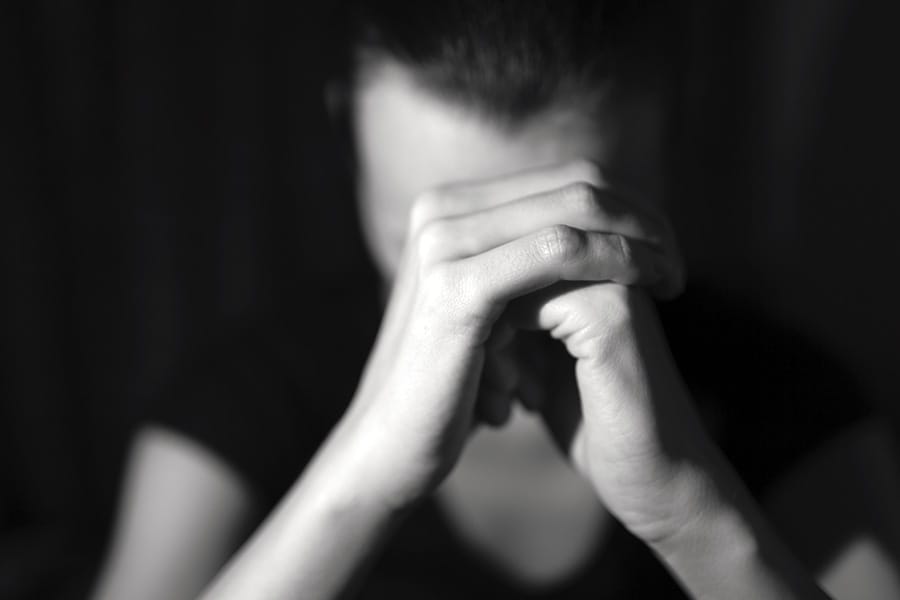If you suffer from chronic pain, you certainly know what that feels like. Whether it’s your lower back that aches, your shoulder that gives you trouble or your entire body that hurts from head to toe on a regular basis, it’s no fun being in agony.
After a while, you may feel like giving up, and feel like there’s no solution to the pain that wracks your body on a day-to-day basis. And that may be when depression sets in – when you feel like there’s no end in sight to the pain you’re experiencing.
Furthermore, you may be finding that the painkiller that your physician has prescribed just isn’t doing the trick anymore to relieve your constant pain. You’re considering taking more of the pain medication than your doctor prescribed to relieve your pain or asking your best friend if he has any different pain medication that could possibly relieve your pain. And all of this has got you seriously depressed.
A Large Number of Adults Suffer from Chronic Pain
It’s a fact that a large number of adults live with chronic pain on a daily basis – everything from lower back problems to fibromyalgia, migraines and arthritis. And according to an August, 2015 report by the National Center for Complementary and Integrative Health, published in the Journal of Pain, twenty-five million adults suffer from pain on a daily basis in the U.S. Furthermore, forty million adults suffer from severe levels of pain, though less regularly, the same report states. In addition, those individuals who report severe chronic pain have worse health, suffer from more disability and use more health care services than persons who suffer from lower pain thresholds.
There’s a Link between Chronic Pain and Depression
Roughly one-third to three-quarters of people who experience chronic pain have moderate to severe depression, says Dr. Michael Clark, a psychiatrist and the director of the pain treatment program at Johns Hopkins Hospital in Baltimore. Furthermore, Dr. Clark adds, both chronic pain and depression share some of the same neurotransmitters and nerve pathways, so the pain is worse, and an individual’s functioning is worse, his or her response to pain treatment is diminished, and the prognosis is bad until they can get their depression under control.
Robert D. Kerns, Ph.D., National Program Director for Pain Management for the Veterans Health Administration (VHA) and Director of the Pain Research, Informatics, Medical Comorbidities and Education Center at the VA Connecticut Health System says that about 50 percent of people who have chronic pain also have depression, and that some people experience a decrease in mood accompanied by a sense of loss; others may experience a loss of interest or pleasure in activities they previously enjoyed. Still others experience an increased irritability, impatience or lower intolerance for the normal stresses of daily life.”
Treating Both Conditions
A study published in the Journal of the American Medical Association (JAMA), found that it’s vital to treat both chronic pain and depression and important to work with providers who treat both conditions. It’s also important to communicate regularly with your providers and to make certain that you consult with a pain specialist for a treatment plan, along with a mental health specialist for a proper evaluation and treatment for depression, Dr. Kerns points out.
Dr. Kerns also stresses that there’s little evidence that opioids are helpful for chronic pain and “abundant evidence of the potential harm of long-term opioid therapy.” Most experts, he says, stress that they should be used in a very limited way and instead support the limited use of non-opioid over-the-counter medication along with a healthy lifestyle.
Two Dreams Provides Outstanding Care
You may find, however, that because of your chronic pain, you have developed a dependence upon prescription pain medication and have a substance use disorder. If so, please feel free to contact Two Dreams.
Our highly-individualized in-patient treatment center located on the beautiful, scenic shores of the Outer Banks in North Carolina uses the latest state-of-the-art protocols in treatment to help patients achieve mental peace, physical well-being and personal productivity. There is no pre-determined length of stay, but instead, clients transition out of our facility is based on the goals that they achieve while staying with us.
More specifically, our inpatient treatment plan encompasses these seven components:
- Abstinence
- Peer support
- Professional Guidance
- Nutrition
- Exercise
- Rituals
- Medication
Our Coming In phase of treatment allows clients to feel a level of safety and trust at Two Dreams as they explore new behaviors and coping skills and they learn that it is safe enough to tell their secrets to staff and to their peers.
Our Looking In phase of treatment enables clients to share at a deeper level, to share their “real self” as they gain insight into their feelings and reduce or eliminate the inducements to use drugs (or alcohol).
Our Looking Out phase of treatment is the stage when clients acknowledge their addiction, learn to manage their cravings, manage relationships, and examine and plan around what they’re going to do after treatment in order to continue to build on the gains they’ve made during treatment.
For more information about our exceptional inpatient facility as well as our outstanding outpatient/aftercare treatment services, please feel free to contact us.
